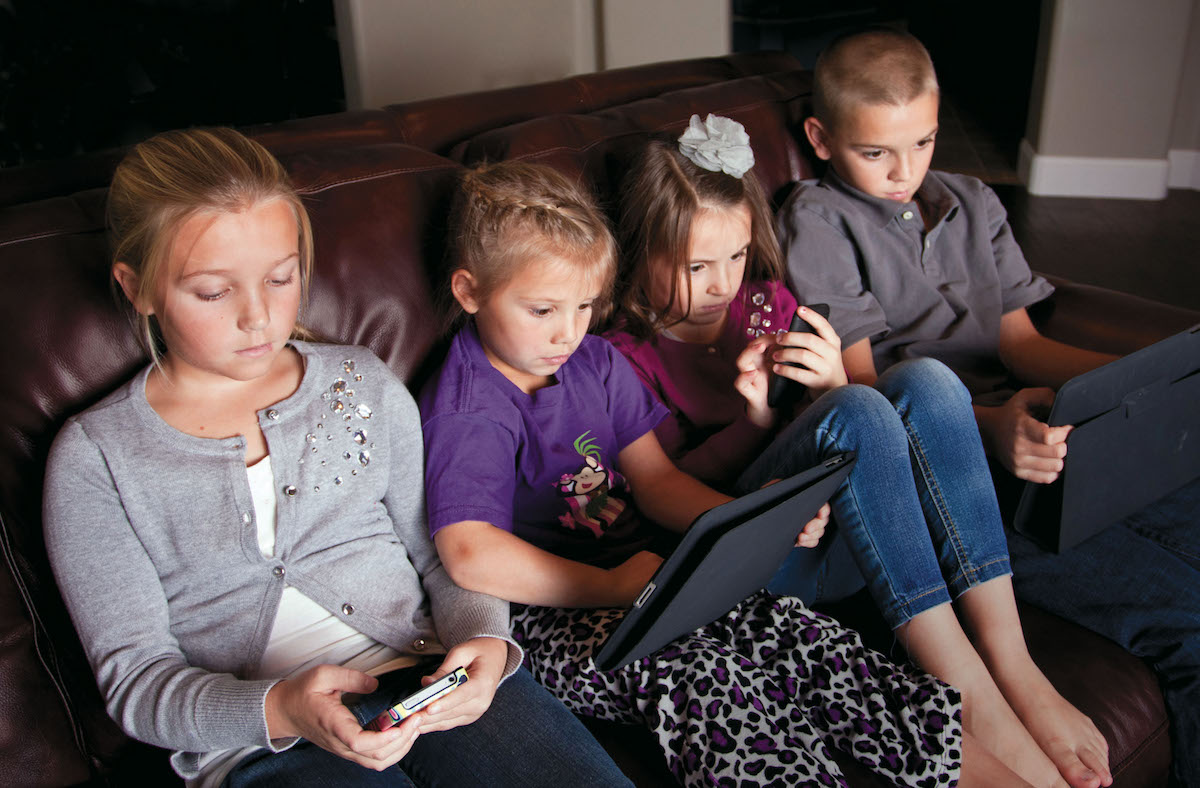Here is research and recommendations from the American Academy of Pediatrics (AAP) national conference. This year, I noticed digital media and screen time was a prominent topic.
Here are some of the most important messages from the conference:
Q How much is too much?
A The AAP recommends children between the ages 2 and 5 have less than one hour of screen time per day and also encourages parents to set their own limits for children ages 6 and older.
Of course, in a technology-driven world, it’s difficult for parents to stick to these guidelines, but pediatricians can help families by keeping a running discussion going, including during doctor visits.
The majority of parents have never discussed their child’s screen time with a pediatrician. Well-child visits, especially during the first year of life, provide an ideal venue to start the conversation and begin healthy habits.
Q Why should we limit screen time?
A More than one hour of screen time per day can harm a young child’s development. New studies have revealed a correlation between childhood obesity and the consumption of more than 90 minutes of screen time per day. (The good news is this effect is reversible.)
Real-world talk and playtime with adults is important, especially for kids younger than 3. Studies have correlated excessive media use in early childhood with language, cognitive and social-emotional delays. Parents should be mindful of their own screen time and should turn the TV off when they’re not actively watching it.
Every hour the television is on, even in the background, can decrease a child’s verbalness by 700 words. Turning it off, however, can increase interaction with your children and expand their vocabularies.
Parents often offer a screen to calm children during tantrums. This may result in toddlers not learning important skills such as self-regulation and can make transitioning into school environments more challenging, too.
Q How can we cut back?
A One of the most important limits to follow is no screen time for an hour before bed. Half of all children report using screens within an hour of sleep, which can contribute to academic underperformance, obesity and depression.
Another easy way to limit media use in your home is to create screen-free zones, such as bedrooms and the dinner table during mealtimes.
Q What’s co-viewing?
A Regardless of your child’s age, it’s important for kids to watch programming with a fully present adult. This type of co-viewing is especially helpful for children younger than 3 because they learn best from reiteration of the material during face-to-face interactions with adults.
With adolescents and school-age children, co-viewing can give parents the opportunity to discuss moral views, family expectations and the consequences of the sometimes undesirable actions depicted on screen.
For co-viewing to be effective, however, it must be an active activity for parents. Passively watching media sends kids the message that parents approve of the content they’re watching. Although some forms of media can be educational, they can’t measure up to what parents can teach their children through face-to-face interaction.
Q How do we enforce limits?
A Creating a media-use plan can help families understand their children’s media consumption and make conscious decisions to reduce screen time.
The AAP’s Healthy Children initiative makes creating media-use plans easy with two online family media planning tools. These help parents calculate their children’s screen time and set limits.
Families should revisit these plans biannually and talk to their pediatricians about them, too.
Plan information is easily printable and can be the perfect place to start a conversation with your pediatrician about digital-media use.
Dr. Gigi Chawla is a board-certified pediatrician and the chief of general pediatrics at Children’s Minnesota.























